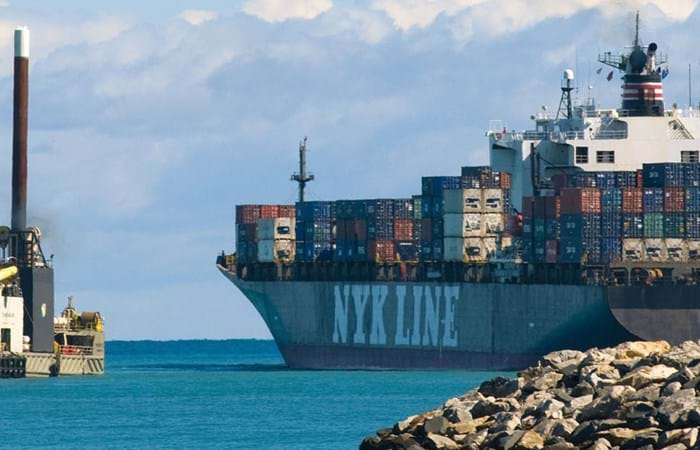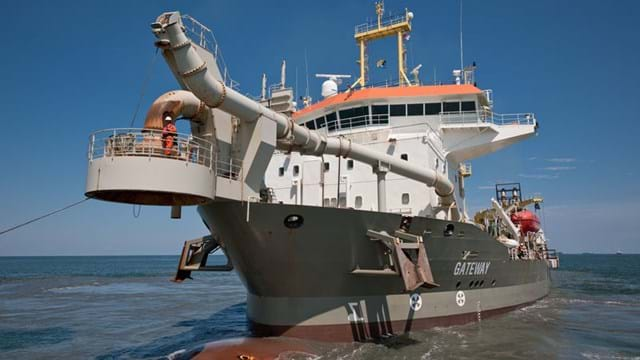Fremantle Ports is the Western Australian Government trading enterprise responsible for strategic management of the Port of Fremantle. The Port of Fremantle provides modern deep-water facilities for handling container trade, break-bulk vessels, livestock exports and motor vehicle imports as well as accommodating cruise ships.
Of Australia’s five major ports, Fremantle is the closest to Europe and is very often the first or last port of call for global shipping lines operating between Australia and overseas destinations. In recent years the trend towards bigger container ships has impacted ports worldwide, including Fremantle. Deepening the Inner Harbour was essential to enable the port to continue to accommodate these ships at full cargo-carrying capacity.
Project scope and execution
The Project comprised the following project works:
- The dredging of Fremantle Inner Harbour to a depth of RL-14.7 m LWMF including berthing pocket along Berths 4-9. The soft overburden dredged during this phase was placed into reclamation in the designated bunded area at Rous Head.
- The dredging of the entrance channel into the Inner Harbour to a depth of RL-15.6 m LWMF with disposal partly into the Rous Head reclamation area or the spoil dump area in Gage Roads.
- The dredging of sections of the outer Deepwater channel to a depth of RL-16.5 m LWMF on straight sections and RL-18.0 m on the bend.
Read an interview with Lyle Banks, Manager Planning and Development of Fremantle Ports, who took the lead in implementing the Early Contractor Involvement (ECI) contract. He talks of his experience of Boskalis's role in this project.

